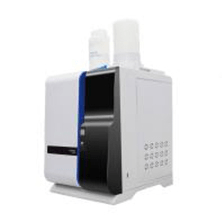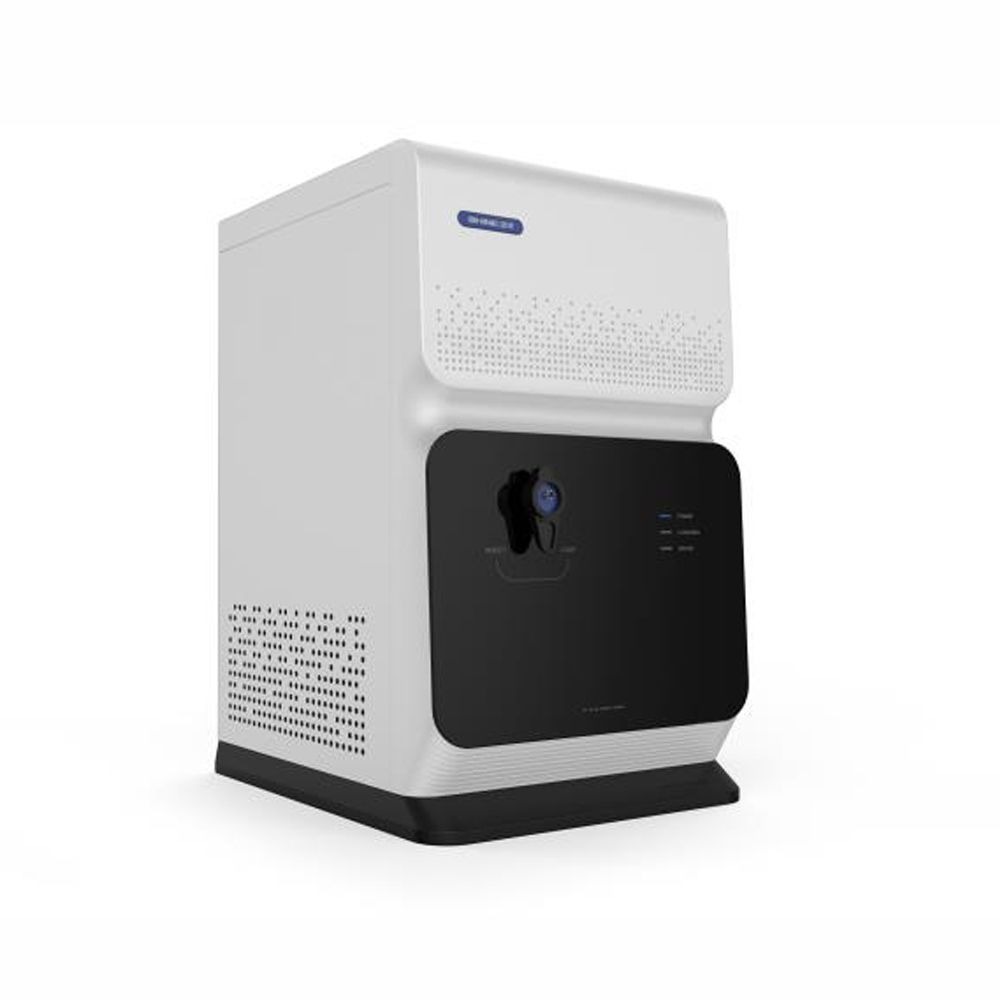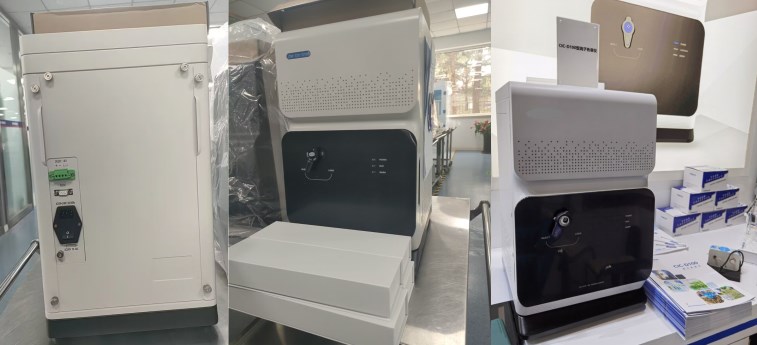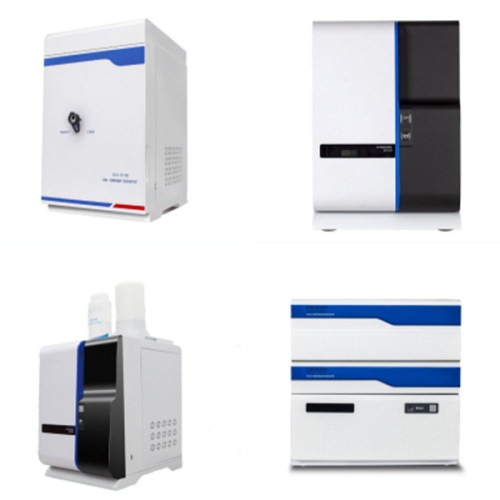Ion chromatography (IC) has emerged as a powerful analytical technique for the separation and quantification of ions in various sample matrices. Over the years, significant advancements in detection methods have propelled Ion chromatography to new heights, enabling researchers and analysts to achieve higher sensitivity, selectivity, and efficiency in ion analysis. This article explores the latest innovations in detection methods for ion chromatography and their implications for diverse applications.

Evolution of Detection Methods for Ion Chromatography
Conductivity detection has long been considered the foundation of ion chromatography due to its global application and ease of use. However, subsequent improvements have broadened the detection landscape, providing choices tailored to specific analytical requirements. These developments include suppressed conductivity detection, amperometric detection, UV-Vis spectroscopy, and mass spectrometry.

The Notable Innovations in Detection Methods for Ion Chromatography
1. Suppressed Conductivity Detection
Traditionally, conductivity detection has been a mainstay in ion chromatography due to its simplicity and universality. However, suppressed conductivity detection has been identified as a significant improvement. This method uses a chemical suppressor to reduce background conductivity, allowing for more precise detection of low-concentration ions. Modern suppressor designs have improved durability and compatibility with various eluents, allowing for easy integration into analytical procedures.
2. Amperometric Detection
Amperometric detection has gained popularity, notably in the study of electroactive species such as halides, sugars, and organic acids. This approach measures current generated by redox reactions at an electrode surface, resulting in high sensitivity and selectivity for target analytes. Advances in electrode materials and downsizing have substantially enhanced the performance of amperometric detectors, making them indispensable tools for ion analysis in complicated sample matrixes.
3. UV-Vis Spectroscopy
UV-Vis spectroscopy has found application in IC for detecting chromophoric ions and organic compounds with conjugated double bonds. By leveraging the absorption of ultraviolet or visible light by analyte molecules, UV-Vis detection offers high sensitivity and specificity, particularly in environmental and pharmaceutical analyses. The integration of diode array detectors allows for simultaneous detection at multiple wavelengths, enabling comprehensive characterization of complex samples.

4. Mass Spectrometry Coupling
One of the most notable advances in IC detection technologies is the combination of IC with mass spectrometry (MS). This integration, referred to as IC-MS, has transformed ion analysis by providing unprecedented sensitivity, selectivity, and structural information. Techniques such as electrospray ionization (ESI) and atmospheric pressure chemical ionization (APCI) have expanded the applicability of IC-MS to a wide range of analytes, including both polar and nonpolar compounds. IC-MS has become indispensable in fields like environmental science, food safety, and biochemistry.
5. Hyphenated Techniques
Beyond IC-MS, the utilization of hyphenated techniques such as IC-ICP-MS (inductively coupled plasma mass spectrometry) has further expanded the analytical capabilities of ion chromatography. By combining IC with other analytical methods, researchers can achieve enhanced detection limits, improved selectivity, and comprehensive sample characterization.
6. Miniaturization and Automation
Advancements in miniaturization and automation have streamlined ion chromatography detection methods, enabling higher throughput, reduced sample volumes, and improved reproducibility. Miniaturized detectors offer portability and versatility, allowing for on-site analysis in field settings. Moreover, automation of sample handling, injection, and data analysis has simplified workflows, making IC more accessible to a broader range of users.

Implications of Advancements in Detection Methods for Ion Chromatography
1. Increased Sensitivity and Selectivity
Ion chromatography detection technologies have advanced, allowing ions to be detected at lower concentrations and with more selectivity. This increased sensitivity enables researchers to detect trace pollutants or analytes in complicated matrices, allowing for more extensive examination of environmental, pharmacological, and biological materials.
2. Improved Accuracy and Reliability
With enhanced detection methods, ion chromatography achieves higher accuracy and reliability in quantifying ions. This is critical for regulatory compliance, quality control in manufacturing processes, and ensuring the safety of consumer products. Improved accuracy also facilitates precise determination of analyte concentrations in research studies, leading to more robust scientific conclusions.
3. Expanded Application Areas
The improved sensitivity, selectivity, and efficiency of detection methods have expanded the application areas of ion chromatography. This includes fields such as environmental monitoring, pharmaceuticals, food and beverage analysis, clinical diagnostics, and biochemistry. The ability to detect a wide range of ions in diverse sample types opens up new avenues for research and innovation in these areas.
4. Improved Method Robustness and Reliability
Advances in detection methods have led to the development of more robust and reliable ion chromatography techniques. This ensures consistent and reproducible results, even when analyzing challenging samples or operating under varying conditions. Improved method robustness enhances the credibility of analytical findings and supports decision-making processes in research and industry.
5. Integration with Hyphenated Techniques
The coupling of ion chromatography with other analytical techniques, such as mass spectrometry (IC-MS), has further expanded the analytical capabilities of the method. This integration allows for the simultaneous analysis of ions and molecular compounds, providing comprehensive information about complex samples. Hyphenated techniques offer synergistic benefits, including improved sensitivity, selectivity, and structural elucidation, paving the way for advanced applications in various fields.
6. Automation and High-Throughput Analysis
Automation of sample preparation, injection, and data analysis streamlines ion chromatography workflows, increasing throughput and efficiency. Future advancements may focus on developing fully automated systems capable of handling large sample volumes with minimal human intervention. High-throughput analysis enables rapid screening of samples, accelerating research and development processes in industries such as pharmaceuticals, environmental monitoring, and food safety.
7. Emerging Technologies and Materials
Continued research into novel detection methods, materials, and apparatus will drive additional advances in ion chromatography. This entails developing enhanced detectors with higher sensitivity, selectivity, and endurance. Furthermore, combining nanomaterials, microfluidic devices, and machine learning techniques shows promise for improving the performance and versatility of ion chromatography systems.
8. Enhanced Environmental Monitoring and Public Health
Advancements in detection methods for ion chromatography contribute to better monitoring of environmental pollutants and contaminants, safeguarding ecosystems and public health. By accurately quantifying ions in air, water, soil, and biological samples, ion chromatography aids in identifying sources of pollution, assessing exposure risks, and informing regulatory decisions to mitigate environmental impact.

Conclusion
Advancements in detection methods have taken ion chromatography to new heights, allowing for the precise and reliable characterization of ions in a variety of sample matrices. From suppressed conductivity detection to mass spectrometry, each technique offers unique advantages tailored to specific analytical requirements.

